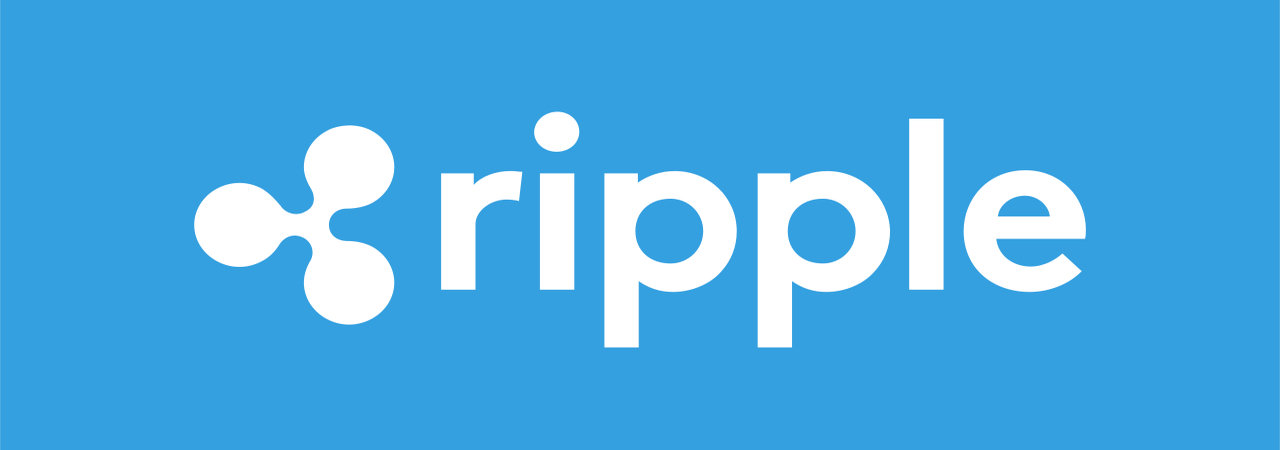Ripple. Cheap, safe and instant transactions

When managing transactions, most crypto technologies are based on decentralisation. However, Ripple has a more traditional approach and it takes the idea of banking and in particular SWIFT transactions and provides a much needed upgrade by utilising blockchain technology.
Currently, when sending cross border fiat transactions money goes through multiple intermediaries. This can take weeks to complete. The process is not only limited to those banks ‘in the loop’ but is also riskier because when unaffiliated banks are working with each other, they have to issue IOU’s, which means a sending bank has less security should a receiving bank suddenly collapse.
Ripple addresses all these shortcomings by providing cheaper, instant transactions. These transactions are initiated using a single currency, XRP. Ripple and XRP are two parts of the same project. However, given XRP’s integral role and future use cases as a currency used by the general public, the price of XRP has rocketed in the last few months reaching nearly $0.30.
Ripple was introduced in 2012, and there are also over 100 banks worldwide that are currently working with the Ripple team and trailing the system, including CIBC, ATB Financial, UBS, Reisebank, Santander, UniCredit, BMO Financial Group, Shanghai Huarui Bank, Abu Dhabi Bank, Standard Chartered, etc.
The technology will likely become the new defacto standard for financial institutions and banks wanting to transfer funds worldwide. In the future, it will become the currency of choice recommended by banking institutions and governments for general use. This makes Ripple well worth a sizable investment now.